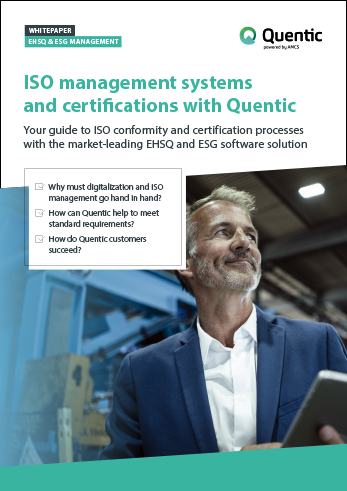7 minutes02/28/2024
In the rapidly evolving realm of business operations, Integrated Management Systems (IMS) have become instrumental. The most common standards included in an IMS are ISO 14001 (Environmental Management), ISO 45001 (Occupational Health and Safety), ISO 50001 (Energy) and ISO 9001 (Quality Management). Together they build a solid foundation for driving operational efficiency, ensuring regulatory compliance, and fostering a culture of safety.
By adopting an Integrated Management System, organizations gain a comprehensive view of all relevant requirements. This perspective opens the door to realizing synergies and avoiding redundancies. The holistic IMS approach simplifies the identification and mitigation of inconsistencies and minimizes friction points at process interfaces. An IMS is key in identifying conflicting objectives between the requirements of the underlying systems. It enables organizations to collectively manage these goals, such as customer satisfaction, environmental performance, and energy efficiency, through prioritization. This promotes cross-functional collaboration and increases transparency of existing regulations. Implementing an IMS eliminates inefficient and demotivating duplicate work or conflicting provisions, resulting in more efficient use of resources in terms of time and cost for operating systems.




